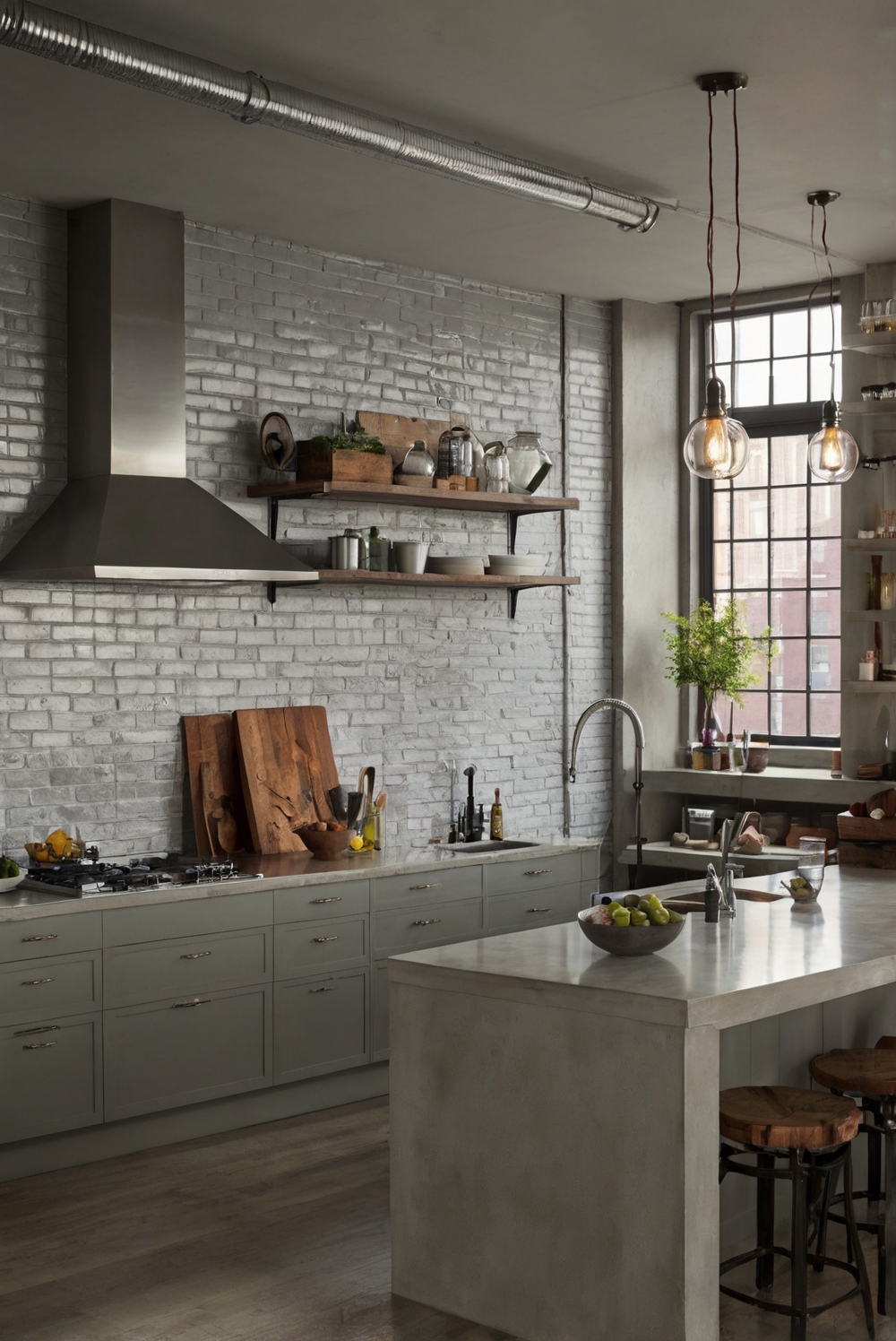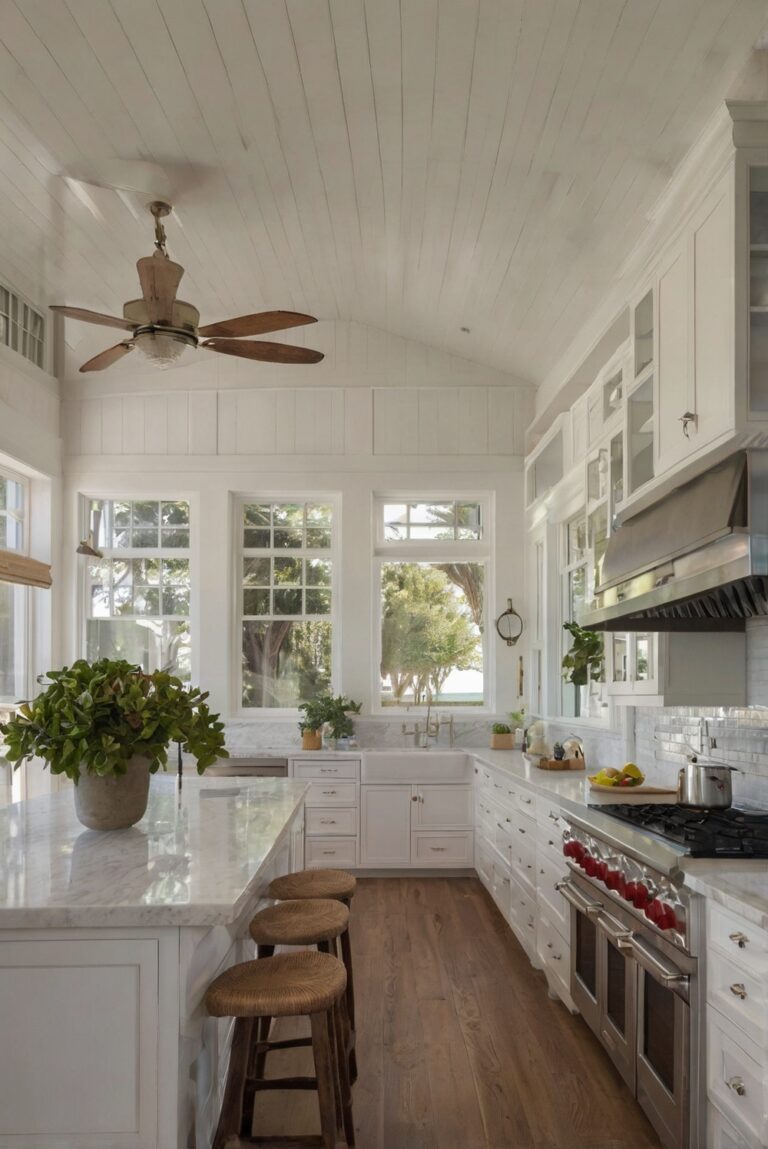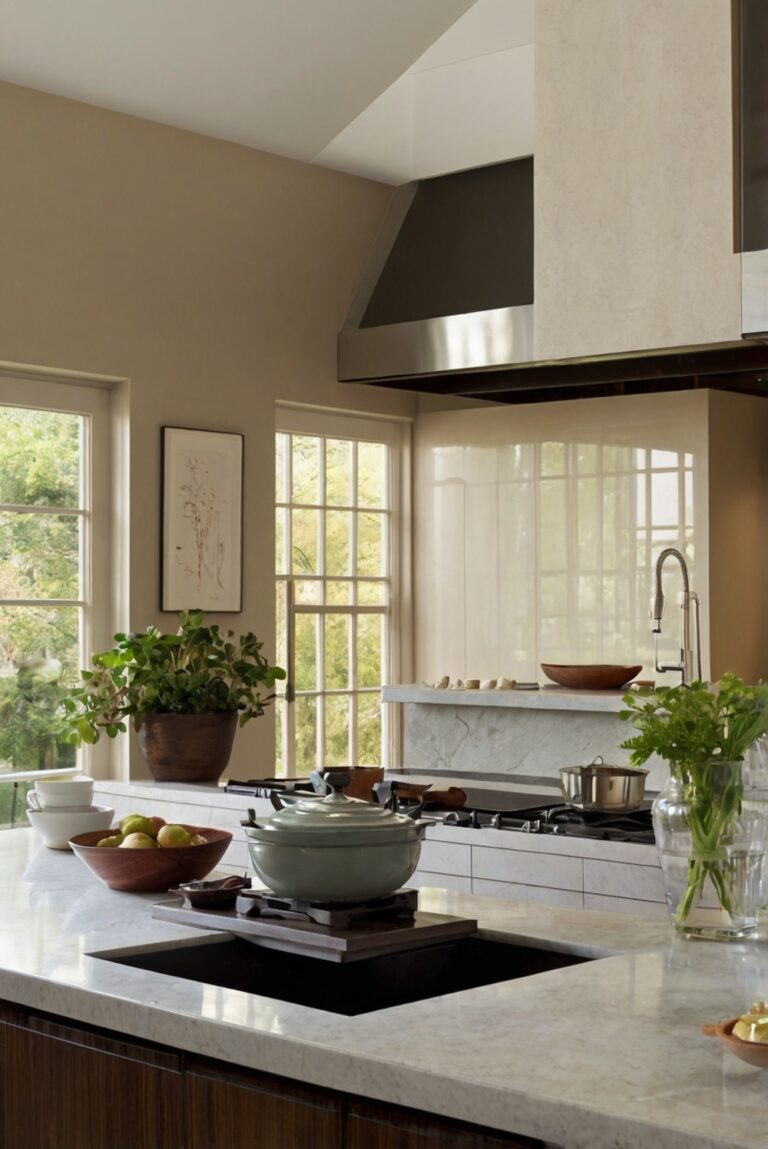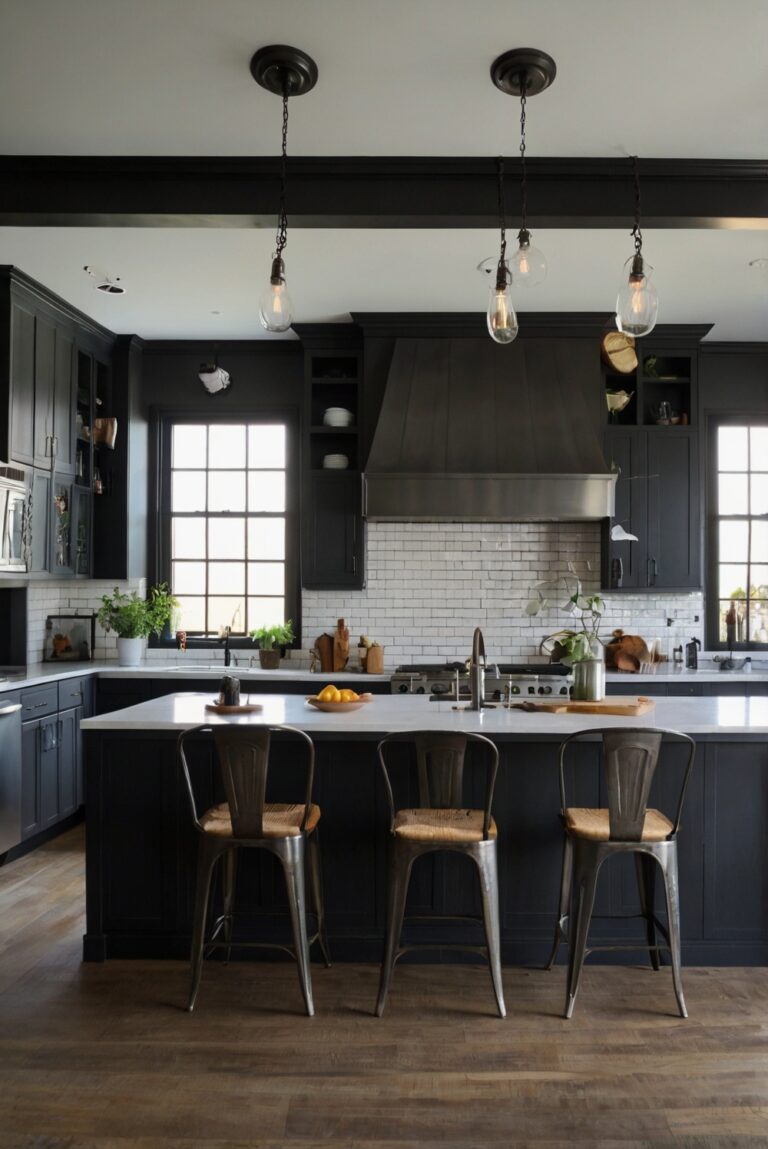Discover essential tips for selecting the perfect depth for your kitchen sink. Dive into the world of interior design and enhance your culinary space.
**
How to choose the right depth for your kitchen sink?
**
16px font size bold:
Choosing the right depth for your kitchen sink is crucial for functionality and aesthetics. For your daily routine in home decorating, consider the following factors:
– **Home interior design:** The sink depth should complement your overall interior design.
– **Space planning:** Ensure the sink depth fits well with your kitchen layout for effective space utilization.
– **Designs kitchen:** Choose a sink depth that aligns with your kitchen design theme.
– **Living room interior:** Maintaining consistency in interior design style throughout your home.
– **Home paint colors:** Selecting a sink depth that harmonizes with your wall paint color for a cohesive look.
It’s vital to consider these aspects to create a harmonious and visually appealing kitchen space.
How to Choose the Right Depth for Your Kitchen Sink?
Choosing the right depth for your kitchen sink is crucial for both functionality and aesthetics. The depth of your sink can impact your daily kitchen tasks, such as washing dishes and preparing food. Here are some important factors to consider when selecting the depth of your kitchen sink:
– Consider the Size of Your Cookware: The depth of your sink should accommodate the size of your cookware. If you frequently use large pots and pans, a deeper sink would be more practical to prevent splashing and overflow.
– Think About Your Height: Your comfort while using the sink is essential. Consider your height and how deep you would like the sink to be to ensure you can comfortably reach the bottom without straining.
– Functionality: The depth of the sink impacts its functionality. A deeper sink provides more space for soaking dishes and washing larger items, while a shallower sink may be easier to reach into for quick tasks.
When choosing the right depth for your kitchen sink, it is essential to strike a balance between functionality and your personal preferences.
Additional Considerations:
– Installation: Consider the installation process and whether the depth of the sink will work with your existing cabinetry and countertop.
– Design: The depth of the sink can also impact the overall design of your kitchen. A deeper sink may provide a more modern look, while a shallower sink can create a more traditional aesthetic.
In conclusion, when selecting the right depth for your kitchen sink, it is important to consider factors such as the size of your cookware, your height, functionality, installation requirements, and design preferences. By carefully evaluating these aspects, you can choose a sink depth that meets your needs and enhances the overall look and usability of your kitchen.
1. What factors should I consider when choosing the right depth for my kitchen sink?
When choosing the right depth for your kitchen sink, you should consider the size of your pots and pans, your height, and how you typically use your sink. If you cook a lot and use large pots and pans, a deeper sink may be more practical. Taller individuals may find a deeper sink more comfortable to use, while shorter individuals may prefer a shallower sink for easier access. Additionally, consider the style of your kitchen and the overall aesthetic you are trying to achieve.
2. How does the material of the sink impact the choice of depth?
The material of the sink can impact the choice of depth as different materials have different weight capacities. For example, stainless steel sinks are lightweight and can typically accommodate deeper depths without compromising durability. On the other hand, porcelain sinks may be more limited in depth due to the weight of the material. It is important to consider the material of the sink when selecting the depth to ensure it can support the weight of the water and dishes without any issues.
3. Are there standard depths for kitchen sinks, or can I customize the depth?
There are standard depths for kitchen sinks, typically ranging from 8 to 10 inches. However, some manufacturers offer custom sink depths to accommodate specific needs. If you have unique requirements or preferences, you may be able to customize the depth of your sink to better suit your needs. Customizing the depth of your sink can allow you to create a more functional and personalized kitchen space that meets your specific requirements.
4. How can I determine the right depth for my kitchen sink based on my usage?
To determine the right depth for your kitchen sink based on your usage, consider how you typically use your sink and what tasks you perform most frequently. If you do a lot of dishes by hand, a deeper sink may be more convenient for soaking and washing larger items. If you frequently use tall pots or fill the sink with water for various purposes, a deeper sink may be more practical. On the other hand, if you primarily use the sink for quick rinses and light washing, a shallower sink may be more suitable.
5. What are the benefits of choosing the right depth for your kitchen sink?
Choosing the right depth for your kitchen sink can offer several benefits, including improved functionality and usability. A sink that is the right depth for your needs can make tasks such as washing dishes, filling pots, and cleaning more efficient and comfortable. Additionally, the right depth can enhance the overall aesthetic of your kitchen and contribute to a more cohesive design. By selecting a sink depth that aligns with your preferences and usage habits, you can create a more functional and enjoyable kitchen space.







